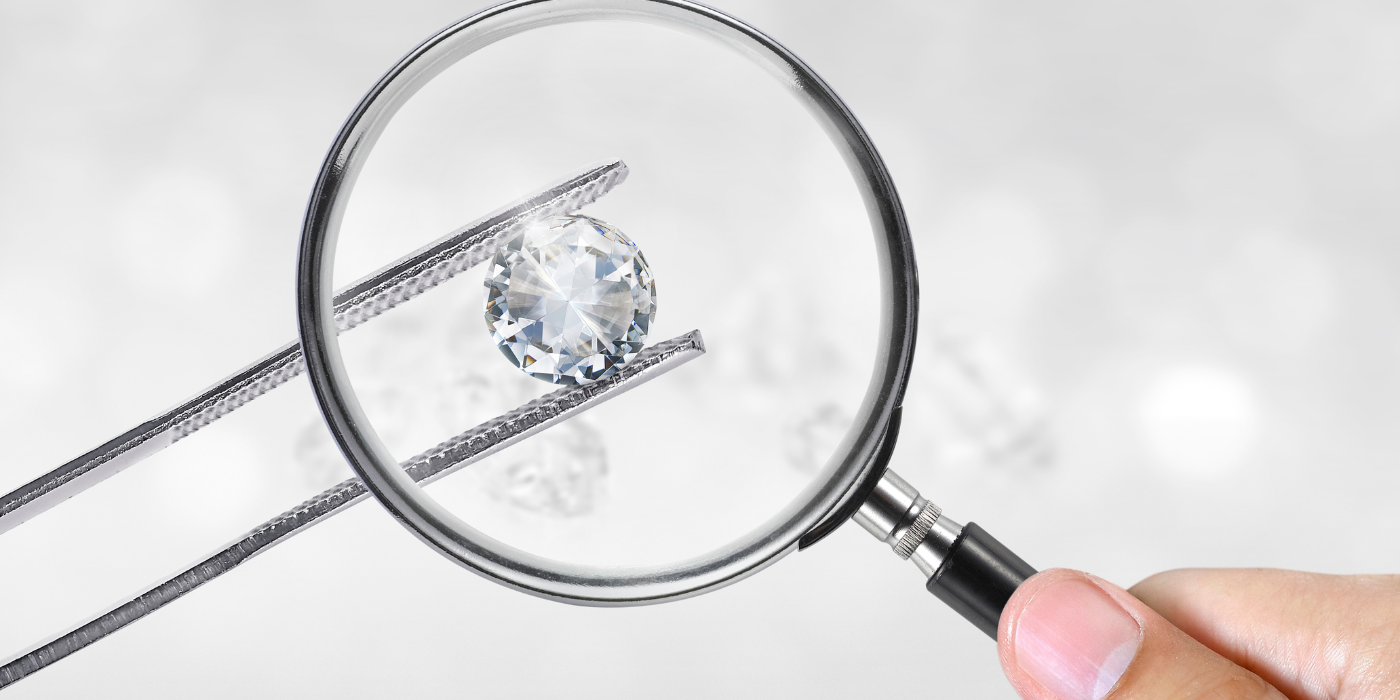Shopping Bag
No products in the cart.

When it comes to choosing between lab-grown diamonds and natural diamonds, it’s essential to understand the distinctions that set them apart. Let’s explore the differences between lab diamonds and real diamonds and how they influence consumer choices.
Lab Diamonds:
Lab-grown diamonds are created in controlled environments using advanced technological processes that replicate the natural conditions under which diamonds form in the Earth’s crust. These diamonds are produced in laboratories using either High Pressure High Temperature (HPHT) or Chemical Vapor Deposition (CVD) methods.
Real Diamonds:
Natural diamonds are formed deep within the Earth’s mantle over millions of years under high pressure and temperature conditions. They are brought to the Earth’s surface through volcanic eruptions and mining processes, making them rare and valuable natural resources.
Lab Diamonds:
Lab-grown diamonds have a significantly lower environmental impact compared to natural diamonds. The controlled production process of lab diamonds reduces the need for extensive mining, land disruption, and carbon emissions associated with traditional diamond mining.
Real Diamonds:
The extraction and mining of natural diamonds can have adverse environmental effects, including habitat destruction, water pollution, and carbon emissions. Additionally, the process of mining natural diamonds often involves significant energy consumption and resource depletion.
Lab Diamonds:
Lab-grown diamonds are considered a more ethical choice by many consumers due to their conflict-free origin and transparent supply chain. These diamonds are produced in laboratories under strict ethical guidelines, eliminating the risk of human rights abuses and environmental harm associated with some natural diamond mining operations.
Real Diamonds:
Natural diamonds may be associated with ethical concerns such as conflict diamonds, which are mined in regions plagued by civil unrest and used to finance armed conflicts. The sourcing of natural diamonds can also raise questions about labor rights, community displacement, and environmental degradation.
Lab Diamonds:
Lab-grown diamonds are generally more affordable than natural diamonds, offering consumers the opportunity to purchase high-quality diamonds at a lower price point. This affordability and accessibility make lab diamonds an attractive option for budget-conscious shoppers.
Real Diamonds:
Natural diamonds are often more expensive due to their rarity and the costs associated with mining and extraction. While natural diamonds hold a certain prestige and value, they may be less accessible to consumers with limited budgets.
The differences between lab-grown diamonds and natural diamonds extend beyond their origins to encompass environmental impact, ethical considerations, affordability, and accessibility. By understanding these distinctions, consumers can make informed choices that align with their values and preferences when selecting diamond jewelry.
At Amaraa Jewels, we understand the importance of offering sustainable and ethical jewelry options to our customers. That’s why we proudly incorporate lab-grown diamonds into our collections, providing high-quality, environmentally friendly alternatives to natural diamonds. Our commitment to sustainability and ethical practices ensures that every piece of jewelry from Amaraa Jewels reflects our values and meets the needs of eco-conscious consumers.
Sign up to be the first to know of our new arrivals, seasonal offers and special announcements.
*T&C Apply
We're glad to have you join us as a part of our journey!
Notifications